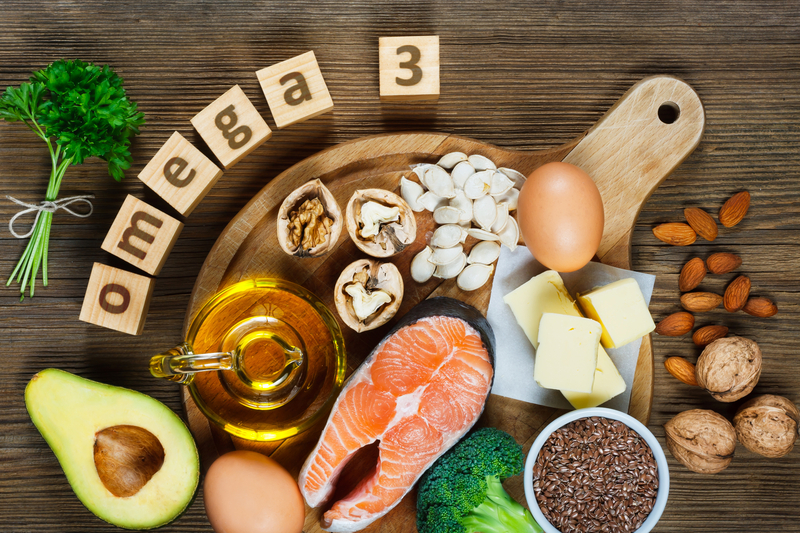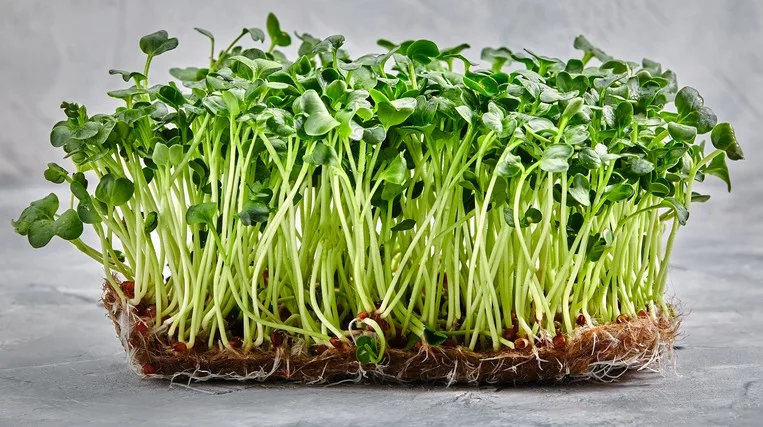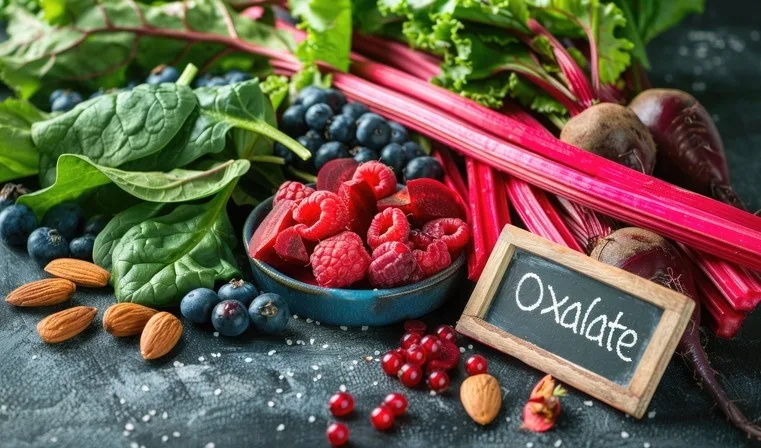Category: Articles

Are High Smoke Point Oils Good for Health?
The most popular culinary chefs on your cooking channel are likely proponents of cooking in plant oil {vegetable or seed oil], such as olive, avocado, peanut, grapeseed, sesame, or canola oil. Most hot preparation recipes call for one of these. Many chefs will attribute a high smoke point and light flavor as culinary benefits to…
Read MoreVITAMIN C
VITAMIN C is a water soluble vitamin that should be taken daily along with other essential vitamins. Vitamin C plays a significant role in a variety of metabolic functions. It is best known for strengthening the immune system and aiding in the synthesis of collagen, which supports a healthy cardiovascular system.Vitamin C is useful in protecting against…
Read More
Omega-3: Research Indicates Many Benefits
There has been significant research demonstrating the value of omega-3 fatty acids for cardiovascular benefits, and several new studies reveal many other benefits as well! It should be no surprise since omega-3 fatty acids are anti-inflammatory. Brain Function: Learning, Memory, Behavior, Anti-Aging[1] Nutrition Neuroscience presented a systematic review and meta-analysis of the effects of omega-3 fatty acids on brain-derived neurotrophic factor (aka BDNF).…
Read More






Take Charge of Your Health
We believe in empowering you to be an active participant in your health journey. With our guidance, simple lifestyle adjustments can yield profound results. Let us be the bridge to a healthier, happier you.
SCHEDULE AN APPOINTMENT